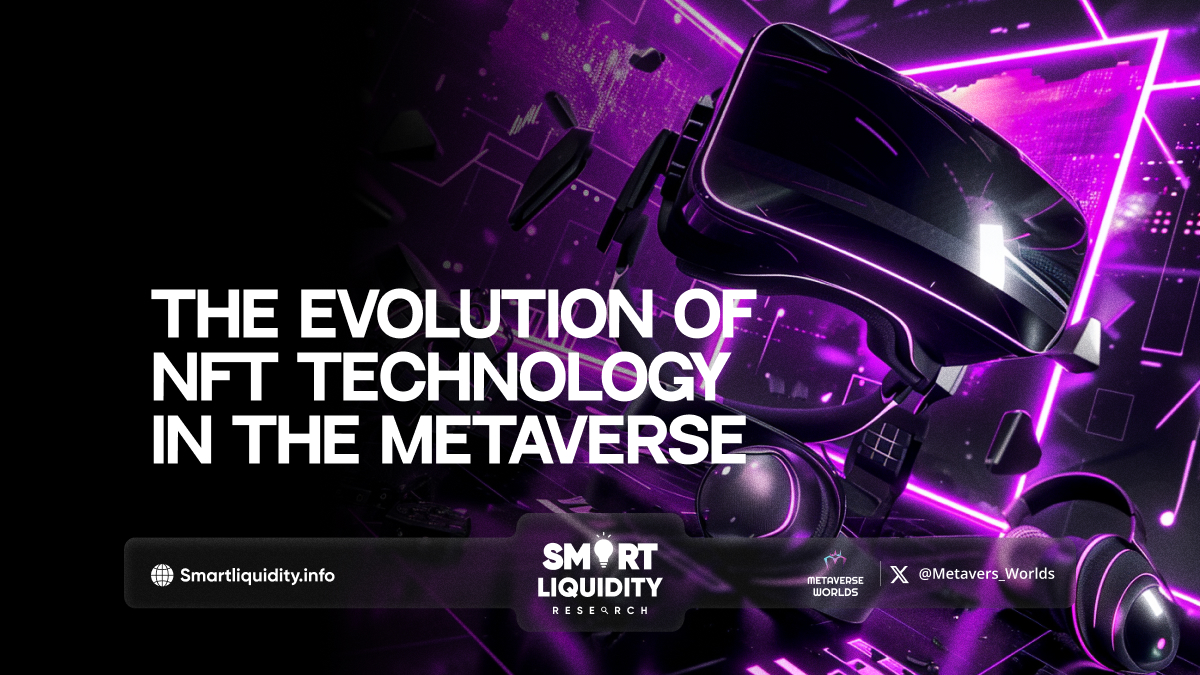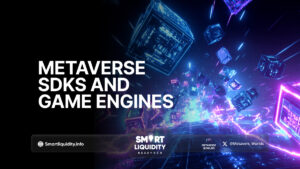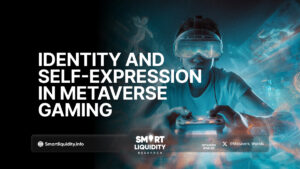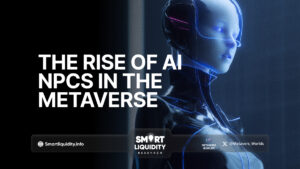The Evolution of NFT Technology in the Metaverse


The evolution of NFT (non-fungible token) technology has been pivotal in shaping the Metaverse, a digital realm where virtual and physical worlds converge. Initially, NFTs were primarily used to authenticate digital art and collectibles. However, as the Metaverse has expanded, the applications of NFTs have grown exponentially, revolutionizing how users interact within these virtual spaces.
Firstly, NFTs have transformed ownership and identity in the Metaverse. Whereas traditional digital assets are often intangible and easily replicated, NFTs provide verifiable ownership of unique items. Consequently, users can now possess exclusive virtual properties, avatars, and other assets that hold real value. For instance, owning a rare NFT in a virtual world can confer special privileges or status, much like owning a prized physical collectible.
Moreover, NFTs facilitate the creation of decentralized economies within the Metaverse. By leveraging blockchain technology, NFT transactions are transparent and immutable, which fosters trust among users. This, in turn, enables seamless trade of virtual goods and services. Consequently, users can buy, sell, or trade assets without the need for intermediaries, thus creating a more dynamic and inclusive digital economy.
Transitioning to new developments, NFT technology is increasingly integrating with other technologies, such as augmented reality (AR) and artificial intelligence (AI). These integrations enhance user experiences by providing immersive interactions and personalized virtual environments. For example, AR can bring virtual NFT assets into the real world, blurring the lines between physical and digital experiences.
In conclusion, the evolution of NFT technology is continuously reshaping the Metaverse. As NFTs become more versatile and integrated with emerging technologies, they promise to further enrich virtual experiences and redefine the concept of digital ownership. The future of the Metaverse will undoubtedly be influenced by these advancements, creating new possibilities for users and developers alike.




